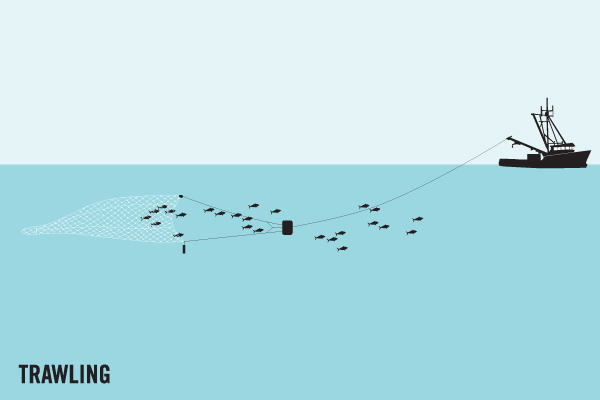Average Weight/Length
From a couple of pounds to more than 5 pounds and, rarely, to 10 or 12 pounds. World record 12 pounds. Reaching a maximum total length of 23.6 inches (60.0 cm), the queen triggerfish is more commonly reported at total lengths of approximately 11.8 inches (30.0 cm). The maximum reported published weight of this species is 12 pounds (5.44 kg).
Other "Popular" Names for this Fish
Painted, Triggerfish, Queen Turbot, Nassau Turbot, Old Wife, Cochino
Location Habitat
This species is found over rocky bottoms and often associated with reefs. It forms schools but may also be observed solitary over sandy and grassy habitats. The queen triggerfish lives at depths from 7-902 feet (2-275 m), however it is more commonly seen at 10-98 feet (3-30 m). Coral reefs. Found over rocky or coral areas. May form schools, sometimes solitary over sand and grassy areas. Feeds mainly on benthic invertebrates. It preys on sea urchins by blowing water to overturn it and then attacks it where the spines are short
Biology & Physical Description
The Queen Triggerfish comes from the reefs of the Caribbean Ocean, and is a very striking fish that will add a new dimension of color and shape to the large marine fish only aquarium. They are triangularly shaped, and are mostly yellow and green, with an interesting pattern of lines circling their eyes. Their fins are blue to purple in color and the tail is forked. The queen triggerfish is a large oval-shaped, laterally-compressed fish with small eyes located toward the top of the head. The anterior dorsal fin possesses two spines used to lock the fish into a crevice during the night. The first one locks and the second spine unlocks. This prevents predators from pulling them free or swallowing the fish and is responsible for the common name, "triggerfish". In addition, queen triggerfish have special membranes located just posterior to the pectoral fins which are used to produce a throbbing sound that is audible to most other fish as a warning to stay away. The posterior dorsal fin is large and triangular while the caudal fin is crescent-shaped. The upper and lower rays of the caudal fin exist as long trailing filaments. It is capable of moving its eyes independent of each other. The sexes have similar morphology and coloration while juveniles often have shorter fins and are paler in color than the adults. Dorsal spines (total): 3; Dorsal soft rays (total): 29-32; Anal spines: 0; Anal soft rays: 27 - 29. Greenish or bluish gray on back, orange-yellow on lower part of head and abdomen, with two broad diagonal curved bright blue bands running from snout to below and in front of pectoral fins, the lowermost continuous with a blue ring around lips; a broad blue bar across caudal peduncle, and blue sub-marginal bands in median fins
Geographic Species Map (Fishbase.org Map)
|
|

|
Summary of Distribution: Eastern Atlantic: Ascension, Cape Verde, and Azores (Ref. 7348); ranges south to southern Angola (Ref. 4420). Western Atlantic: Canada (Ref. 5951) to Massachusetts, USA and northern Gulf of Mexico to southeastern Brazil |
|
Note: Distribution range colors indicate degree of suitability of habitat which can be interpreted as probabilities of occurrence (fishbase.org) |
|
Sport Fishing Techniques
|
|
River DriftRiver Drift means to use the.... |
|
|
|
TrawlingTrawling is when.... |
|
Tackle & Baits
Spinning, baitcasting and light ocean tackle. Small hooks are essential. Will bite any sort of cut bait and also nip voraciously at artificial lures, especially plastics.
Food Rating
Game Rating : 9/10
Game Description :
Excellent food fish but occasionally can cause intoxication due to the liver.
Picture (Fish)
|
|
|
|
|
|
Picture Mount
|
|
|
|
|
|
Product Specs
Available Sizes: Please call for info
Details: Fired-Enamel Glass Eye
Product Options: Wood Plaque, Custom Base, 360°




















 Queen Triggerfish
Queen Triggerfish 











